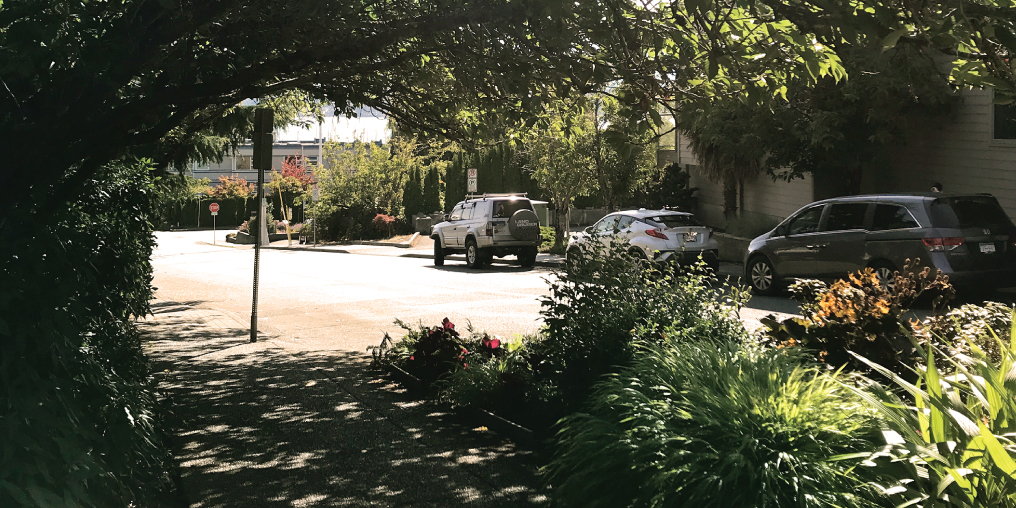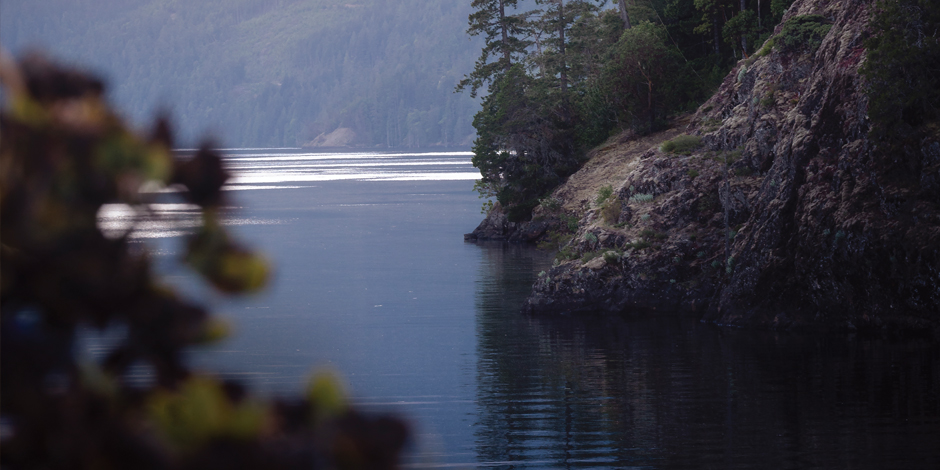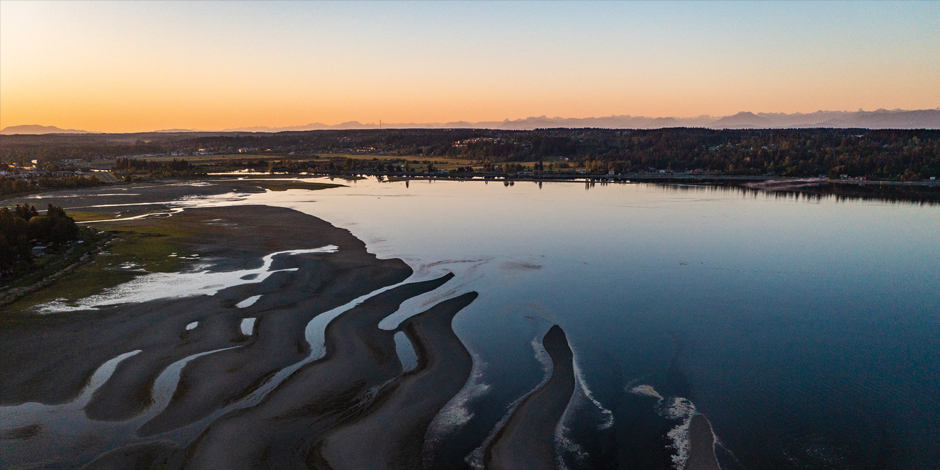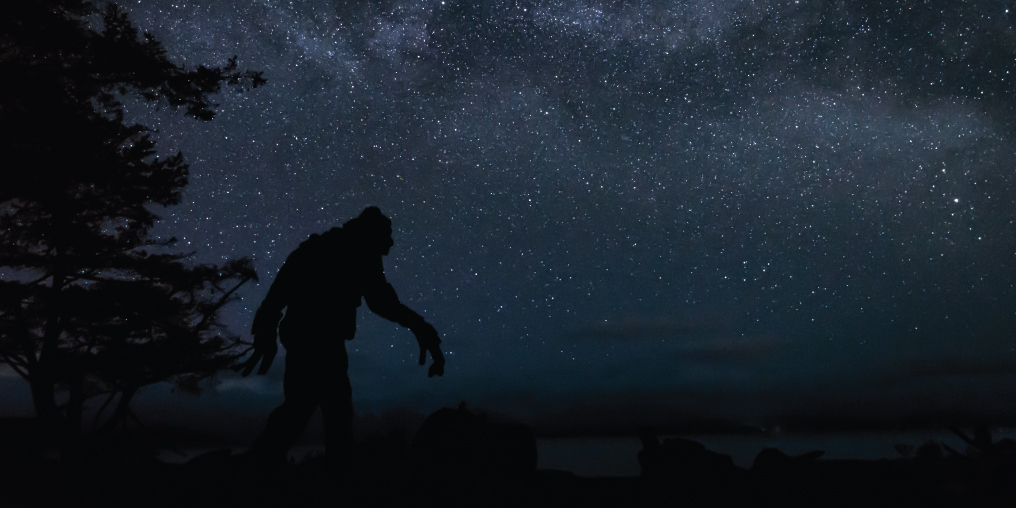Communities in the Pacific Northwest are essentially human settlements in logging clearcuts. Whack down trees, lay out a street grid, start framing buildings, then landscape around them. Trees were viewed as an impediment to development. The forest was something outside of the community. A place to be visited and enjoyed before returning to the manicured comfort of civilized urban life. Not anymore. The important role trees and the urban forest canopy play in climate change and ecosystem resilience is getting a lot of attention around city council tables these days.
Trees store carbon from the atmosphere and provide much-needed cover during heat waves. They create habitat for wildlife and foster biodiversity. Trees also filter and store water, helping to prevent floods and erosion. And name a kid who doesn’t love to climb a tree, or a family that won’t welcome a hot Sunday afternoon picnic beneath the shade of a Douglas fir or a bigleaf maple.
Trees are good for the planet and therefore good for us—most people can agree on that. It seems like a rather obvious and simplistic realization. However, when you look at urban forest renewal through the lens of city planning and municipal government, it gets surprisingly complicated. Protection of sensitive ecosystems, wild habitat, and green space is a hallmark of a progressive city. So too is infill development and densification. Fitting more residential units on a given of piece of land helps get cars off roads and can make for more livable cities with viable transit, bike lanes, space for parks and other public infrastructure. Balancing the two objectives of tree protection and urban development requires some careful stickhandling and creativity.
Cumberland’s Urban Forest Management Plan, completed in 2019, highlighted a 14 per cent decline between 1996 and 2018 in canopy cover within village boundaries, which includes undeveloped and developed urban areas. The plan made 45 recommendations, one being to increase the canopy cover in the village’s urban areas from 20 per cent today to 30 per cent by 2040.
In 2023, the Cumberland Community Forest Society (CCFS) encouraged residents to take action with Forest In The Village, a clever twist on the Village In The Forest moniker. Modelled after Kelowna’s successful NeighbourWoods residential tree program, Forest In The Village launched with two tree sale events, one in May and another coming up in October. Cumberland residents can buy a half-price tree (from four carefully selected native species) to plant in their own yards or a public space.
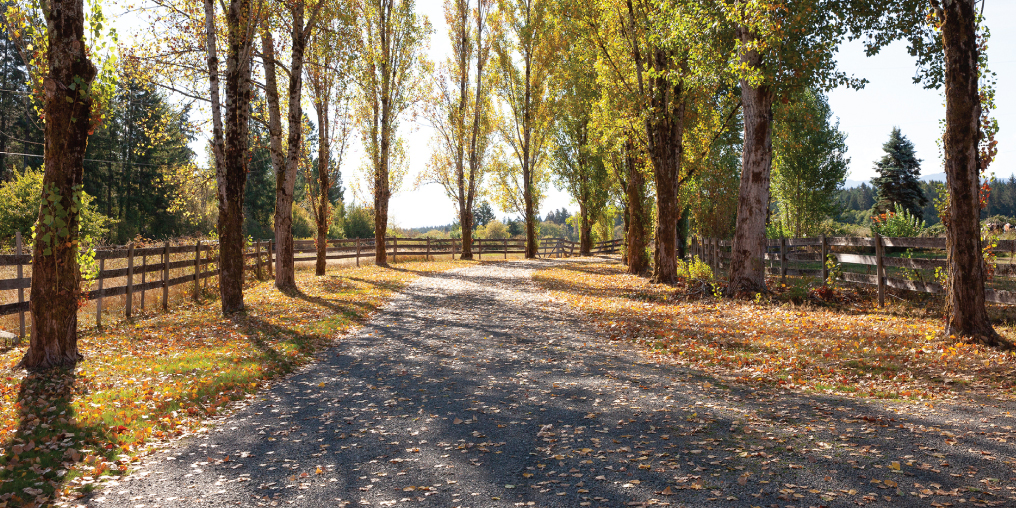
Nancy Silverstein, project manager for the CCFS, is hoping to sell at least 125 trees to mark Cumberland’s 125th anniversary. “The plan is to continue the program for seven years through to 2030, so there’s still lots of time to get involved,” she says.
It’s a small, but significant, grassroots step for Cumberland’s tree canopy renewal efforts. Cumberland Council is now working towards adopting a tree protection bylaw, another of the Urban Forest Management Plan recommendations.
Silverstein has mixed feelings about such a bylaw, calling it “a whip that restricts what people can do on their property” rather than an incentive to plant trees. She also questions whether the Village would have the staff and resources to enforce it.
However, City of Courtenay councillor Melanie McCollum believes “the whip” has a place in environmental planning. Courtenay has had a tree protection and management bylaw on the books since 2017 and adopted an Urban Forest Strategy in 2019. McCollum says the bylaw is necessary to ensure that enough ecologically beneficial mature trees are protected, and not simply cut down and replaced with seedlings. On paper it looks stringent. Garry oak, western white pine, Pacific dogwood, arbutus, Pacific yew, and trembling aspen get special protection. Tree-cutting permits are required for all properties larger than one acre (and for properties less than one acre if tree density targets are not met).
“Our Official Community Plan allows for increased density, and that means more money for a developer. But there are restraints, and one of those restraints is the tree protection bylaw,” McCollum says.
Courtenay has had to pull out the whip only twice since Council adopted the bylaw. Most recently, in early 2022, the City issued 107 tickets to a contractor and property management company for cutting and damaging more than 100 protected trees within the Piercy Creek watershed. The trees are protected by a covenant. Fines associated with the tickets could total $107,000.
A Comox Valley biologist who consults with many private property interests admits developers and the engineers who work for them don’t like the bylaw. “I hear them constantly railing against it, but I’m for anything that builds climate resilience,” he says.
Comox lags behind its Comox Valley counterparts, although there are plans to undertake an urban forest management study next year. Jordan Wall, the town’s chief administrative officer, says council has yet to give staff specific direction regarding a tree protection bylaw. However, he has given the idea plenty of thought.
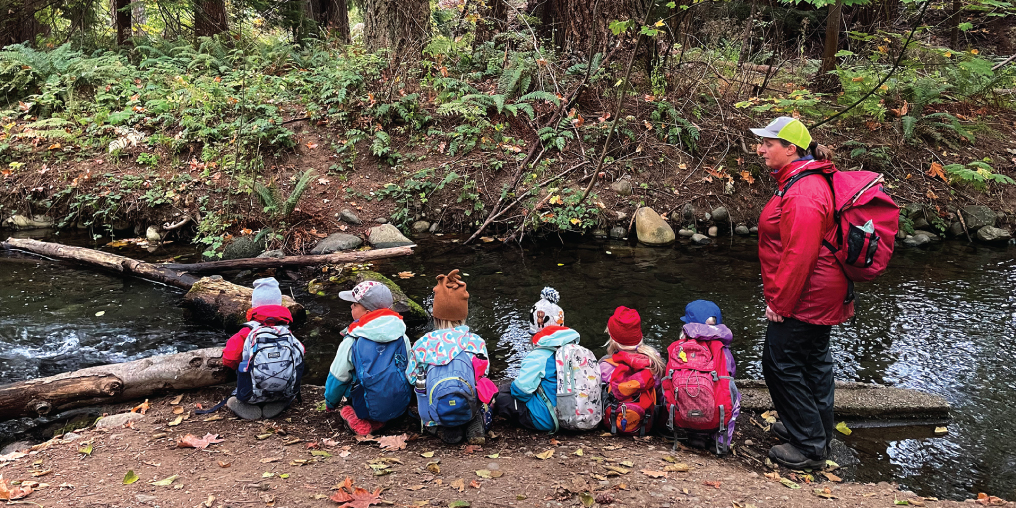
“No matter how well meaning, you have to ensure that you do it properly so you don’t end up with unintended consequences. Council has the ability to protect trees through tree bylaws, but those powers have limits. Tree protection does end up reducing the amount of units allowed to be constructed on sites quite often,” Wall says, adding that a properly crafted tree protection bylaw should keep a municipality out of legal hot water.
Like it or not, tree protection and urban forest renewal will become a cornerstone of climate change preparedness and enlightened planning—and not just for small communities. Hamilton, Ontario, a city of nearly 600,000 people, plans to double its tree canopy cover to 40 per cent by 2050. To meet its canopy target, the city will boost its annual planting program from 12,000 to 20,000 trees and will also give 5,000 trees to residents every year.
“The city currently doesn’t have enough canopy to support a healthy population,” Robyn Pollard, the city’s horticultural and forestry manager, said in a recent CBC News story. “People don’t have the trees that they need, they don’t have the shade, they don’t have the clean air that they need.”
As author and ecologist Douglas W. Tallamy argues in his book Nature’s Best Hope, thinking of nature as this mysterious other place, somewhere outside of city spaces and our private backyards, is a recipe for environmental collapse. There needs to be a paradigm shift, and Tallamy says it starts in the backyard.
“Our privately owned land and the ecosystems upon it are essential to everyone’s well-being, not just our own,” he writes. “Abusing land anywhere has negative ramifications for people everywhere.”
Among their many gifts, trees filter the air we breathe—for free. The tiny pores on leaves called stomata inhale air, then diffuse and break down pollutants like carbon monoxide and nitrous oxide. Trees also remove greenhouse gases from the atmosphere, a significant service in an era when forest fires are regularly creating noxious air quality in small-town BC.
That’s why trees are essential to bringing back the urban ecosystem and rewilding our homes.

